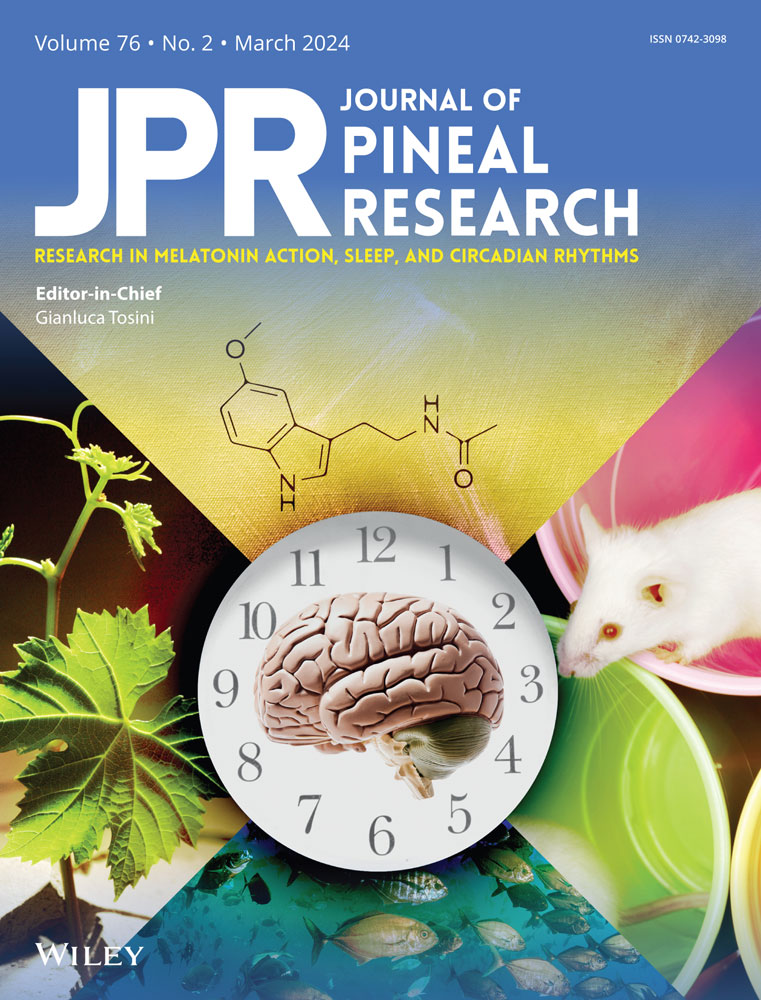Melatonin Rescues Influenza A Virus–Induced Cellular Energy Exhaustion via OMA1-OPA1-S in Acute Exacerbation of COPD
Abstract
Although rapid progression and a poor prognosis in influenza A virus (IAV) infection–induced acute exacerbation of chronic obstructive pulmonary disease (AECOPD) are frequently associated with metabolic energy disorders, the underlying mechanisms and rescue strategies remain unknown. We herein demonstrated that the level of resting energy expenditure increased significantly in IAV-induced AECOPD patients and that cellular energy exhaustion emerged earlier and more significantly in IAV-infected primary COPD bronchial epithelial (pDHBE) cells. The differentially expressed genes were enriched in the oxidative phosphorylation (OXPHOS) pathway; additionally, we consistently uncovered much earlier ATP exhaustion, more severe mitochondrial structural destruction and dysfunction, and OXPHOS impairment in IAV-inoculated pDHBE cells, and these changes were rescued by melatonin. The level of OMA1-dependent cleavage of OPA1 in the mitochondrial inner membrane and the shift in energy metabolism from OXPHOS to glycolysis were significantly increased in IAV-infected pDHBE cells; however, these changes were rescued by OMA1-siRNA or melatonin further treatment. Collectively, our data revealed that melatonin rescued IAV–induced cellular energy exhaustion via OMA1-OPA1-S to improve the clinical prognosis in COPD. This treatment may serve as a potential therapeutic agent for patients in which AECOPD is induced by IAV.

 求助内容:
求助内容: 应助结果提醒方式:
应助结果提醒方式:


